I spent during the summer of 2013 three weeks with my family in the Pyrénées. Our first stop was Irati, where we stayed for six days.
Irati is situated in the French part of the Atlantic Pyrénées. It is very close to Le Pic D’Orhy which is the first high mountain, when coming from the Atlantic Coast. The Peak has an altitude of 2017 metres above sea level. More to the West, the peaks of the mountain range gain smoothly in altitude. Under her an image of the road close to the forest of Irati, and a landscape view of the mountain range of the Pyrénées, taken from the same place early in the morning. In the right corner one can see the Pic d’Orhy.
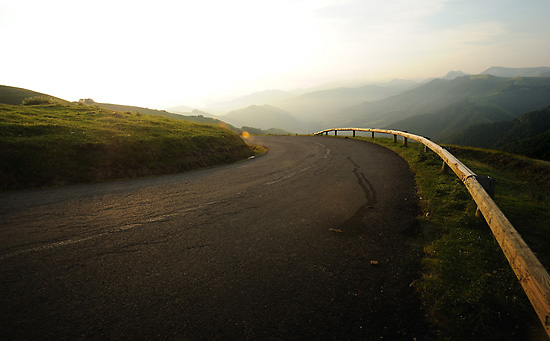
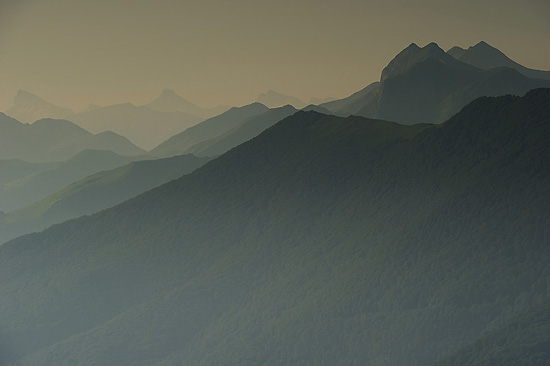
My main target was to find the beautiful coloured reddish form of the Carabus pyrenaeus. Despite climbing the mountain three times and looking under hundreds of stones and rocks close to the snow patches and searching at different altitudes, I didn’t find any specimen... But intensive searching is always rewarded in one or another way and I found many other interesting montane beetle species.
Under here some images of montane species, the Longhorn beetle ‘Dorcadion fuliginator ssp. navarricum’.
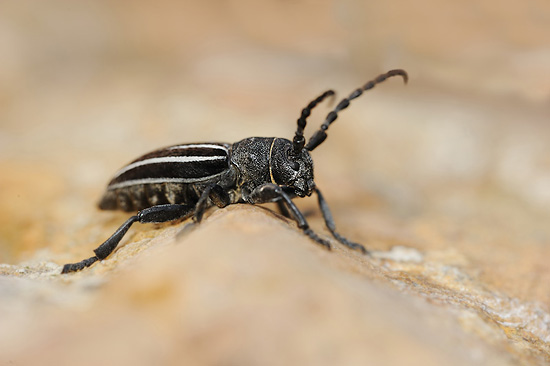
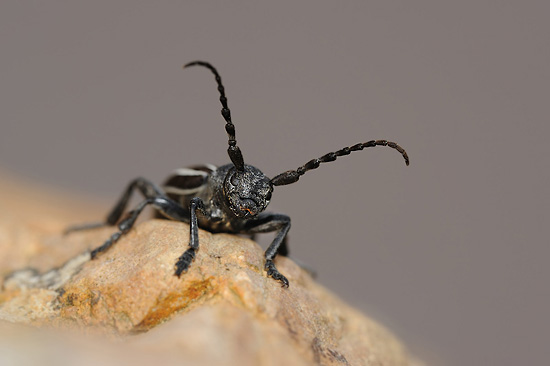
Next species is the Bloody-nosed Beetle Timarcha strangulata. ‘Timarcha’, belong to the group of the Leaf Beetles, Chrysomelidae. The Timarcha belong to the biggest Leaf Beetles found in Europe and most of them have blackish and bluish coloured very convex bodies. When threatened or captured, they release from their mouth a reddish coloured chemical substance, which looks like blood. Timarcha species are flightless. Timarcha strangulata is a high mountain endemic of the Pyrénées, found above 1800 metres in the alpine meadows.
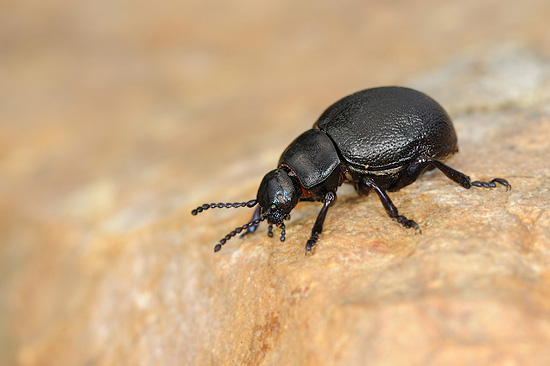
Under here an image from Dinodes fulgidicollis. It is an endemic of the Pyrénées and the Basque Mountains, belonging to the ‘Chlaenius’ ground beetle group. It is found in the humid and cool parts of the Alpine meadows.
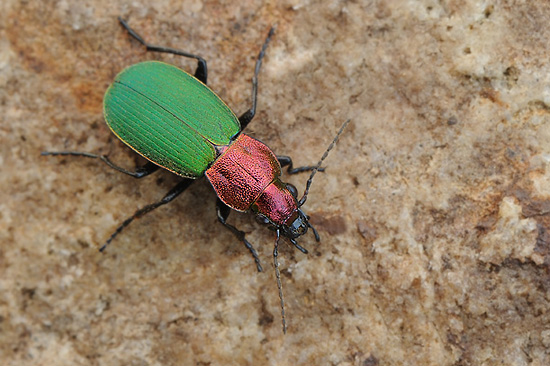
Another place we visited is the Col Du Portalet, a pass situated on the border of France and Spain. The pass reaches an elevation of 1794 metres. The pass is surrounded by fresh alpine meadows and is botanically very interesting. Under here an image with Elder-flowered Orchids, Dactylorhiza sambucina. On the image one can see the two colour morphs (yellow and reddish).

Under here an image of Carabus purpurascens natio fulgens. In Western Europe, we know Carabus purpuracens as a typical forest species, but the species also occurs in high alpine meadows. In the Pyrénées the species often shows interesting colour variations. The individual on the image seems to have a longitudinal rainbow-like colour transition, instead of the typical purplish fringe.
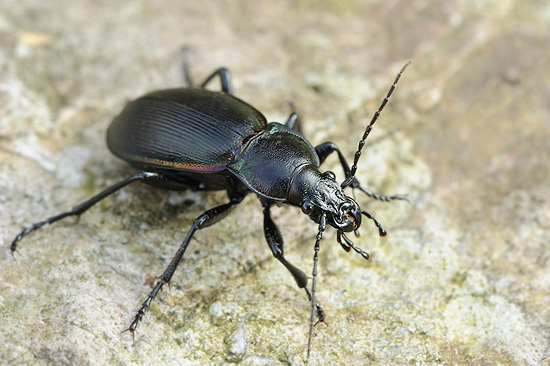
If you want to see more images from Les Pyrénées Atlantiques, please take a look at my portfolio here.
